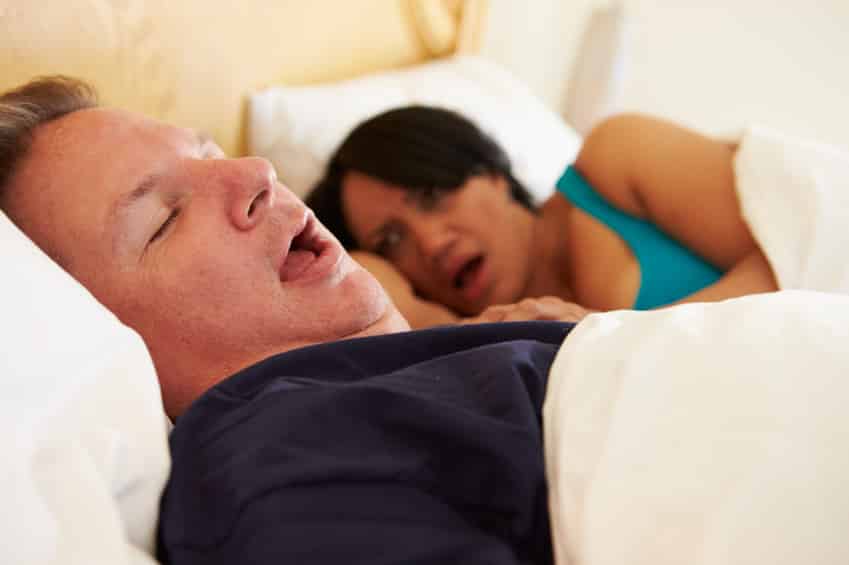Sleep apnea is a type of sleep-disordered breathing (SDB) that prevents a person from breathing properly at night. This condition often leads to fatigue, morning headaches, depression, nighttime gasping, and a variety of other symptoms that can be unpleasant or even unbearable to live with. In order to understand what sleep apnea is and how to treat sleep apnea, it’s important to understand the common causes of sleep apnea, as listed below.
Understanding Sleep Apnea – What Happens To Your Body
During sleep apnea, the muscles in the back of your throat relax, creating a partial or complete blockage of the airway. The side walls of your throat, your tongue, your uvula, your tonsils, and the muscle supporting your soft palate can all play a role in creating this blockage. When you breathe in, your body is unable to inhale the proper amount of air, thus limiting the amount of oxygen flowing through your blood. This can also cause you to partially wake up during the night as your body kicks in to help you breathe properly. You may not get out of bed or even remember waking up, but sleep apnea may cause you to rouse 30 times per hour or more, depending on the severity of the condition.
Physical Attributes That Increase Your Risk Of Developing Sleep Apnea
There is no specific set of causes of sleep apnea. There physical causes outlined above could happen to nearly anyone. With that in mind, there are some physical attributes that could put you more at risk for developing SDB over time. Those include:
- Having Hypertension – Research shows that anywhere from 30-83% of patients who have high blood pressure also have sleep apnea
- Being Overweight – A body mass index (BMI) over 30 could put you at risk of SDB, with higher risk associated with higher levels of obesity
- Family History – If members of your direct family such as your parents or grandparents have sleep apnea, you may want to get tested for it as well
- Large Neck – Men with a neck circumference over 17″ and women with a neck circumference over 16″ are said to have a high risk of developing sleep apnea
- Smoking – As with any breathing-related health problem, smoking increases the risks of having sleep apnea
- Being Male – While this may not be a factor you can control, males tend to be prone to sleep apnea more than women (25% of middle-aged men vs. 9% of middle aged women)
Sleep-disordered breathing affects approximately 42 million Americans. If you’re struggling with this health concern, you’re not alone. Contact Clinton Dental Center today to learn more about sleep apnea treatments and how to get on the road to recovery.











